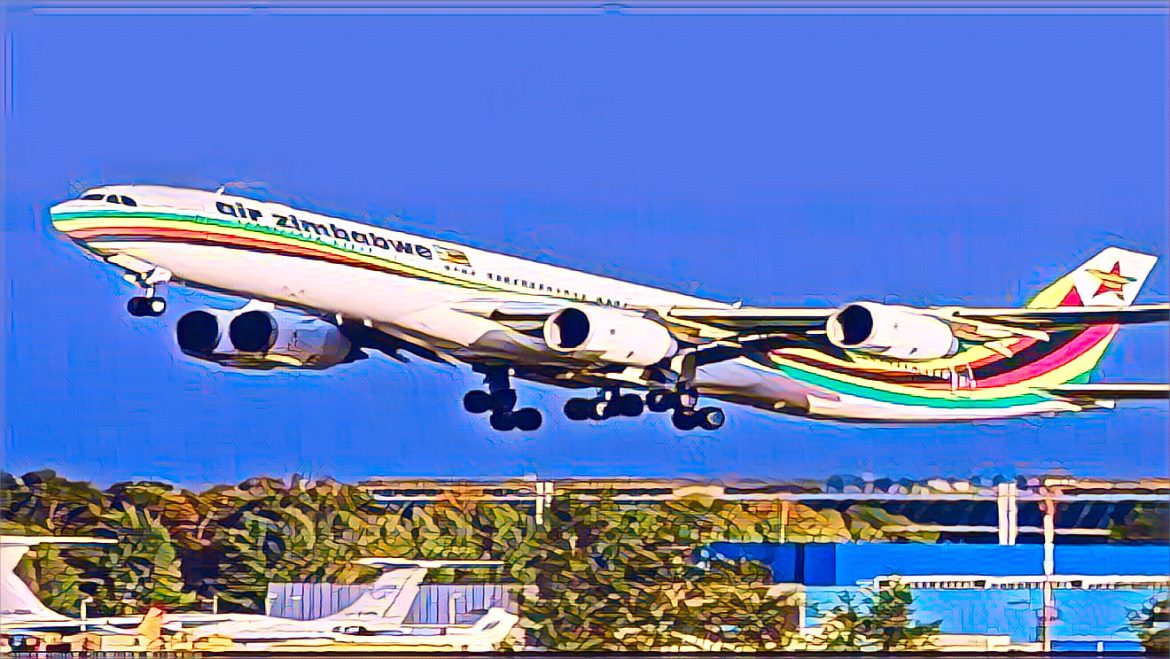Zimbabwe has enforced a new rule that requires all aircraft traveling through its airspace, even those not making landfalls there, to pay specified costs as of June 1, 2024. The Ministry of Transport and Infrastructure Development is leading this effort, which seeks to increase revenue from using Zimbabwe’s airspace. The levies, which are outlined in Statutory Instrument 98 of 2024, represent a substantial modification to the country’s aviation fee structure.
The director-general of the ministry has established en-route navigation fees that every aircraft flying over the Zimbabwean Flight Information Region (FIR) must pay under these new regulations. These costs are established by the kind and path of every aircraft. The payments for aircraft registered outside must be paid in US dollars, whilst those registered in Zimbabwe must pay in U.S. dollars or the equivalent in local currency
Furthermore, the regulations specify that for aircraft intending to cross the FIR without landing, the en-route fees need to be paid in advance, ensuring that all financial obligations are settled before the flight enters Zimbabwean airspace. A unique aspect of the regulation is its applicability to flights conducted solely for recreational purposes—such as gliding, parachuting, and ballooning—as well as for training purposes, including instrument training and general flying practice. Each of these flights, whether they involve Zimbabwean or foreign-registered aircraft, incurs a flat rate fee of US$31.
However, the ministry has also considered humanitarian operations within these regulations. Flights engaged in rescue missions or disaster management are exempt from these fees, acknowledging their critical importance and the urgent nature of their missions.
The implementation of these charges is anticipated to have a significant effect on aircraft operating in Zimbabwe’s airspace, both foreign and domestic. The rules are intended to establish a uniform procedure for determining the distance flown inside the flight path by specifying exact techniques. The goal of this precise computation is to encourage equity and openness in the pricing procedure.
The revised price schedule is a component of Zimbabwe’s larger initiatives to improve the legal framework governing the aviation industry and boost the airspace management’s financial viability. These modifications occur at a time when the nation is looking for creative methods to increase gross domestic product and improve the effectiveness of its use of airspace.


